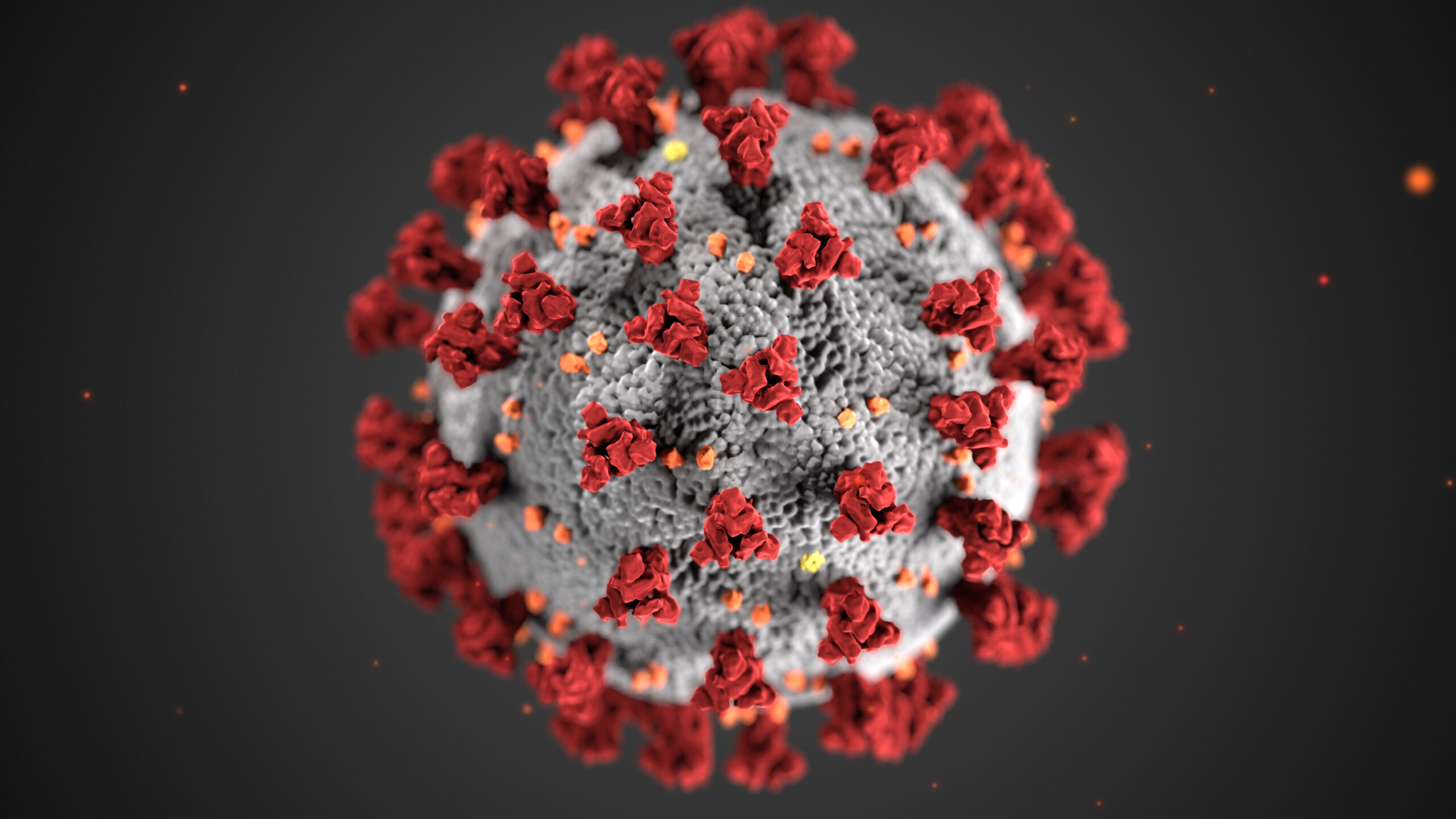3D Visualization of SARS-CoV-2
Beazley Designs of the Year – Graphics Category Winner
Issued by The Design Museum · Jan 2020
Associated with Centers for Disease Control and Prevention

COVID-19 was the most important—and intense—time in our careers. We were just one piece of the puzzle in the larger response effort. But, drawing on years of emergency response and pandemic training, we were ready.
It started late on a Tuesday night. We were informed that the Emergency Operations Center had just opened, and they needed an identity for the virus—something to grab the public’s attention and put a face to this mysterious, unknown enemy that would come to be known as SARS-CoV-2. There was a looming threat, and the public needed to be aware. It was a public health emergency alert, and we kicked into high gear.
We created what you now know as the spiky blob in a matter of days.
As a medical illustrator, my job is to make difficult medical concepts approachable. I bring the invisible into view. I give people something tangible to hold onto—something real. We used our education and scientific training to consult with experts and piece together this visualization.
But this process didn’t end with just us. It took an army—a full force of designers, producers, health communicators and others working tirelessly behind the scenes, building emergency materials for the response.
Soon, it started popping up around the world. The image became the icon of the ABC News Special Report with the Task Force. Every major news outlet you can think of used it. It appeared in movies, TV shows, documentaries—even local community flyers. It was featured on the cover of a special edition of TIME magazine.
Then the media started taking an interest in us—the artists. I gave interviews as an ambassador to radio shows, newspapers, magazines, documentaries, and podcasts across the globe. Outlets like CNN, Popular Science, WIRED magazine, the Chicago Tribune, Scientific American and countless other publications local and far covered our work. I did interviews with radio and TV stations from Canada, the UK, Norway, Brazil, Australia and France. Even the Governor of Georgia posted about his pride towards us.
But what stood out the most was how this image spread through pop culture. People began expressing their emotions through creation—hacky sacks, piñatas, cookies, even tattoos of the virus illustration.
The image received the prestigious Beazley Design of the Year award and was exhibited at the Design Museum in London. It also now resides in the Smithsonian Design Museum in New York. Medical Illustration became the top design trend of 2020.
But the best part? Inspiring the next generation of medical illustrators. I once received a drawing from a 5-year-old girl in California named Rosa, who loves drawing viruses.
That’s when you realize—this is effective communication. And no team does it better than the one that’s been at CDC for the last 20 years.






